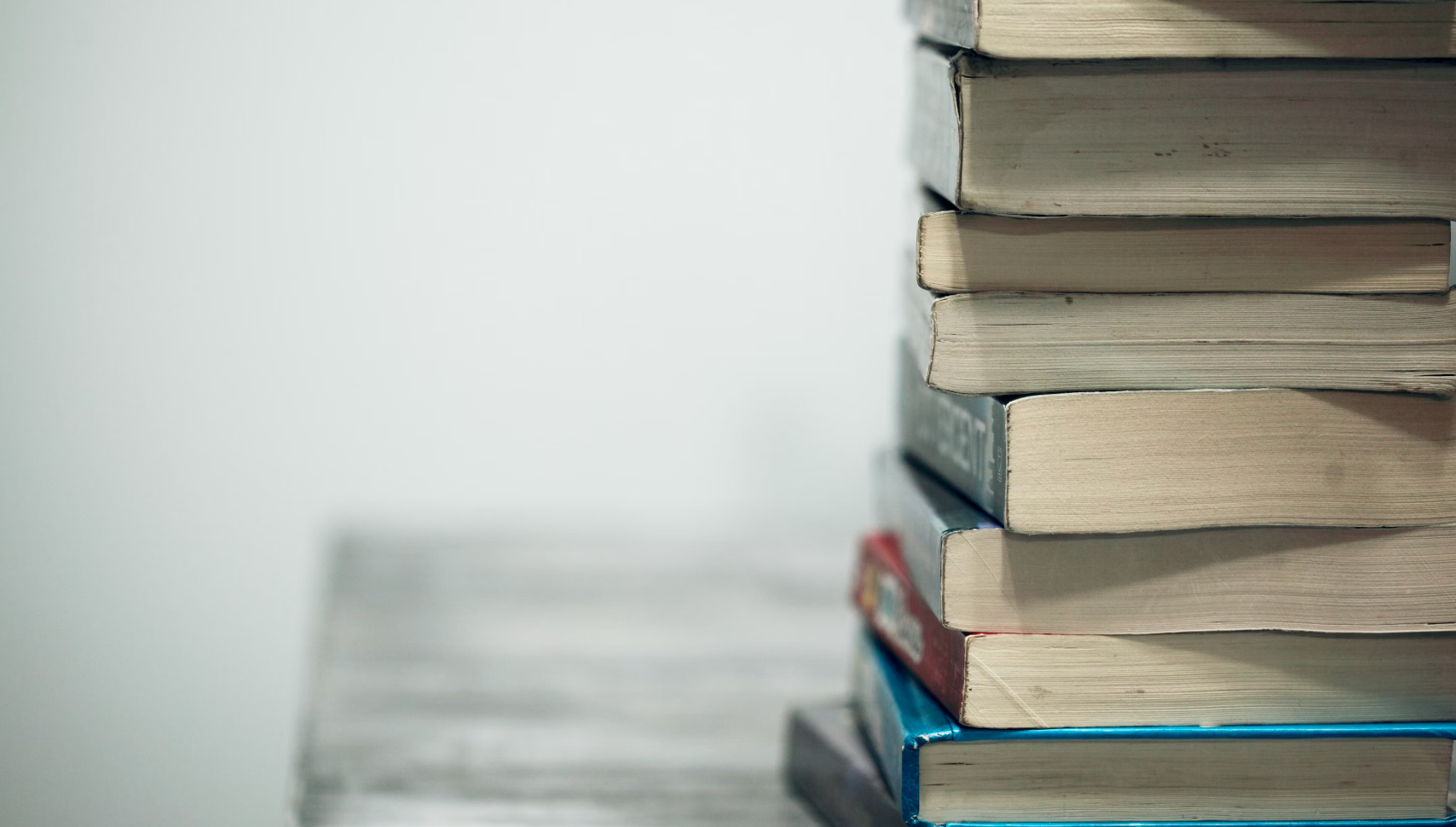Dive into the World of Literary Devices
The art of storytelling is more than just words on a page. Delve deep, and you’ll find intricate techniques – known as literary devices – that authors employ to captivate readers. But what are literary devices? For the budding reader or writer like you, this guide provides an illuminating insight.
The Basics
What is a Literary Device?
A literary device is a tool used by writers to convey meanings, emotions, and ideas uniquely. It enriches a story, poem, or essay, making the narrative more engaging.
Literary Devices Definition
By definition, literary devices are specific conventions or structures employed by authors to convey a particular effect or meaning. They can be simple or intricate, but always serve to elevate the written word.
Breaking Down the Literary Devices
List of Literary Devices
If you’re curious about the different tools writers wield, here’s a concise literary devices list:
- Metaphor: A comparison without using “like” or “as”.
- Simile: A comparison using “like” or “as”.
- Hyperbole: Exaggeration for emphasis.
- Alliteration: Repetition of the initial consonant sounds.
- Onomatopoeia: Words imitating natural sounds.
- Foreshadowing: Giving hints about future events.
- Irony: A difference between appearance and reality.
Types of Literary Devices
As you dive deeper, you’ll discover a vast range of types of literary devices. Some prominent ones include:
- Plot Devices: Devices affecting the story’s progression.
- Narrative Devices: Tools for telling the story.
- Character Devices: Methods of developing characters.
- Stylistic Devices: Techniques related to language and style.
Examples for Better Understanding
Literary Devices Examples
To illustrate, let’s consider examples of literary devices:
- Metaphor: “Life is a roller-coaster.”
- Alliteration: “She sells sea shells by the seashore.”
- Irony: Saying “Oh, great!” when something bad happens.
Literary Devices with Examples
Knowing the device is one thing, but seeing it in action is another. Here’s a literary device with examples breakdown:
- Hyperbole: “I’m so hungry I could eat a horse.”
- Onomatopoeia: The bees “buzzed” around the flowers.
- Foreshadowing: A broken mirror hinting at impending bad luck.
Exploring the Expanse
All Literary Devices
It’s impossible to cover all literary devices in one go. However, anthologies, literary courses, and dedicated glossaries can offer you exhaustive lists.
Common Literary Devices
While numerous devices exist, some are more prevalent. Here are some common literary devices:
- Personification: Giving human traits to non-human entities.
- Symbolism: Using symbols to represent ideas or qualities.
- Flashback: A scene set in a time earlier than the main story.
Conclusion
Literary devices are like the spices in a delicious dish. They enhance, elevate, and enrich the narrative, making it resonate with readers. As you embark on your reading or writing journey, remember: understanding and utilizing these devices will not only improve comprehension but also add depth to your own storytelling. So, keep this guide close, and let the literary magic unfold.

